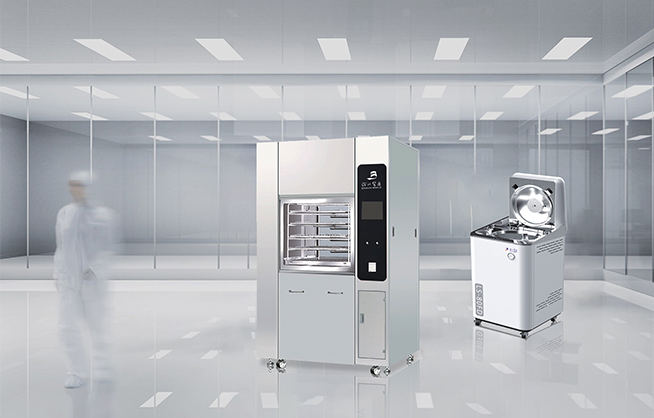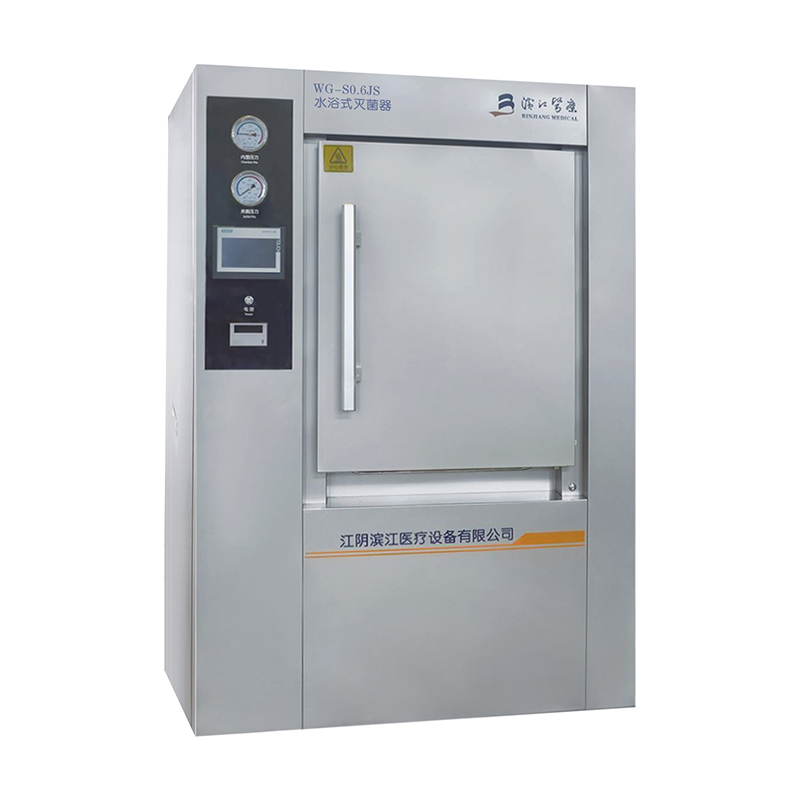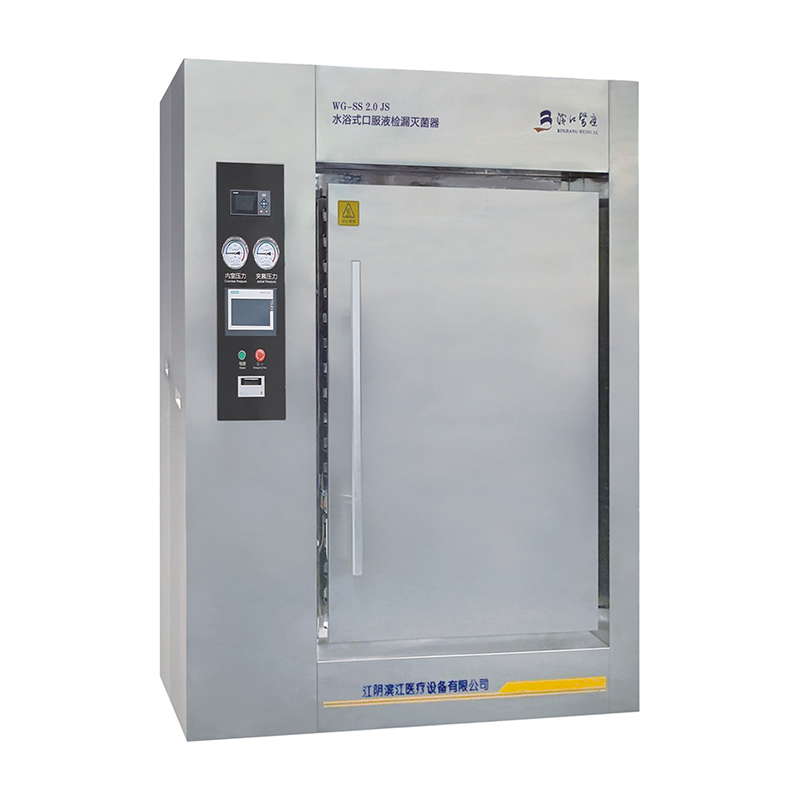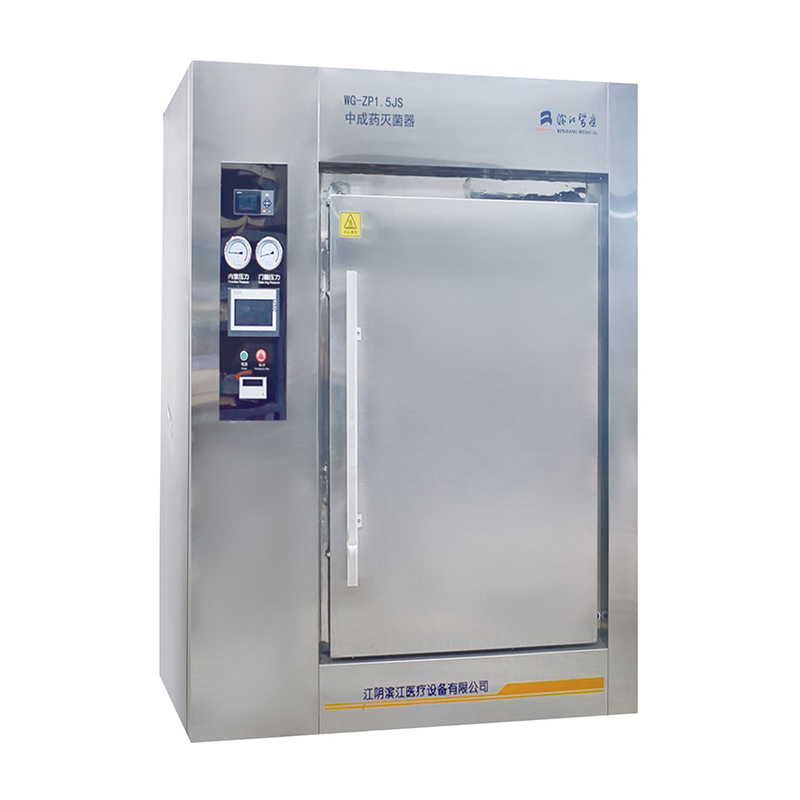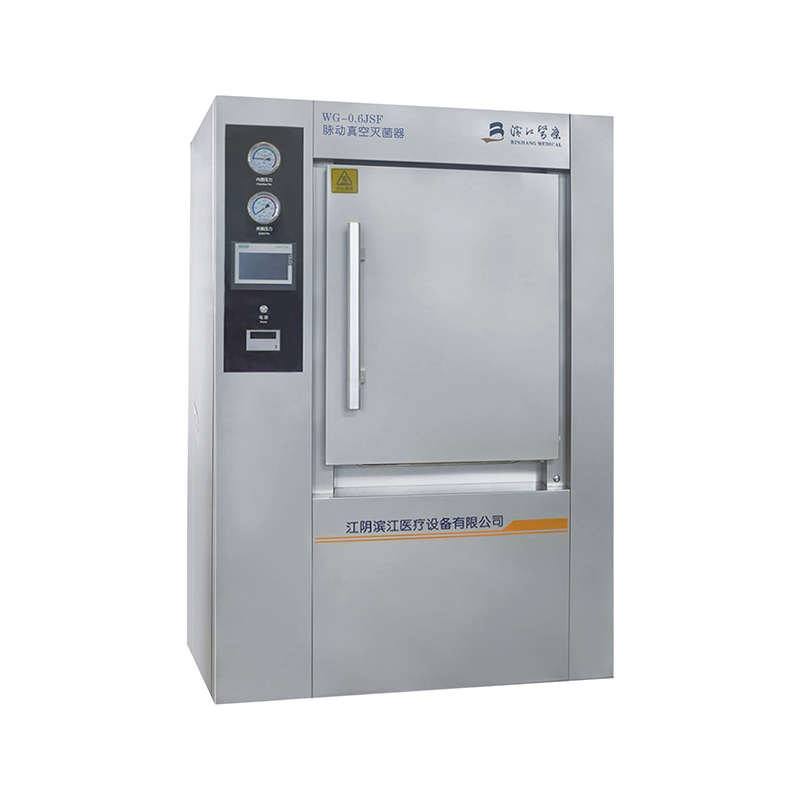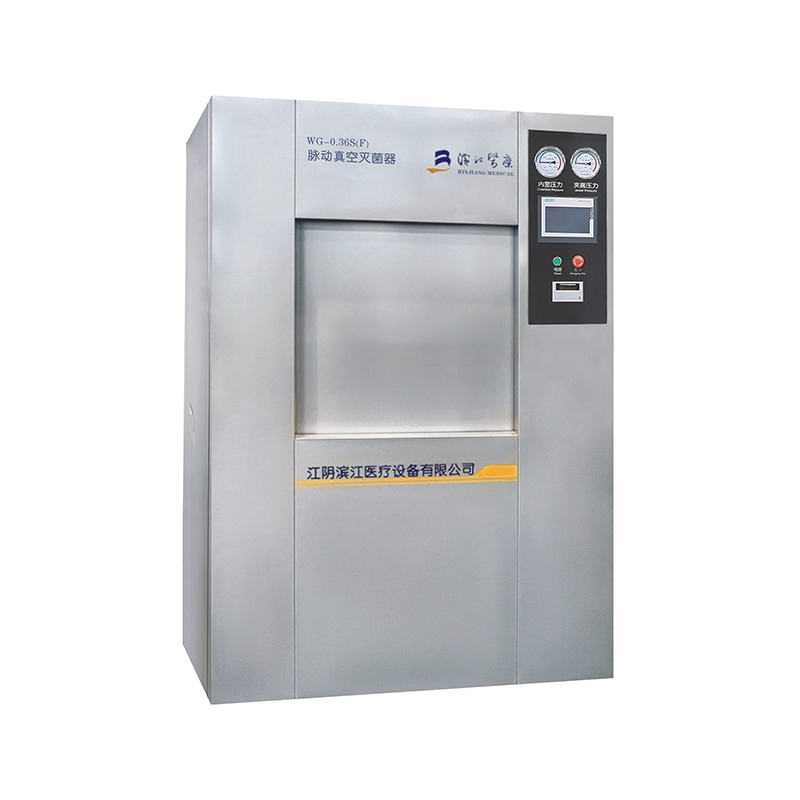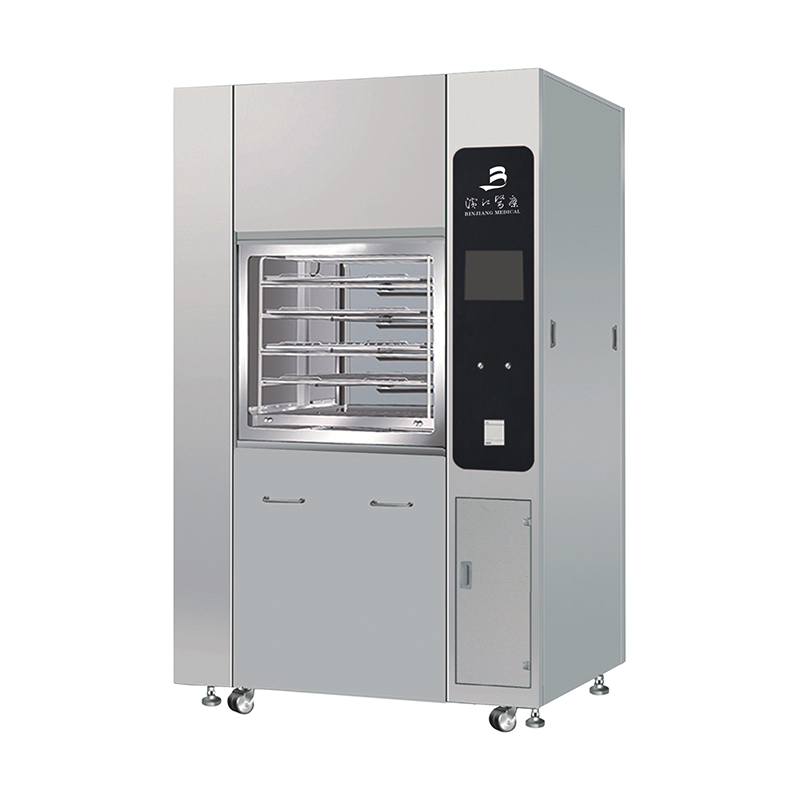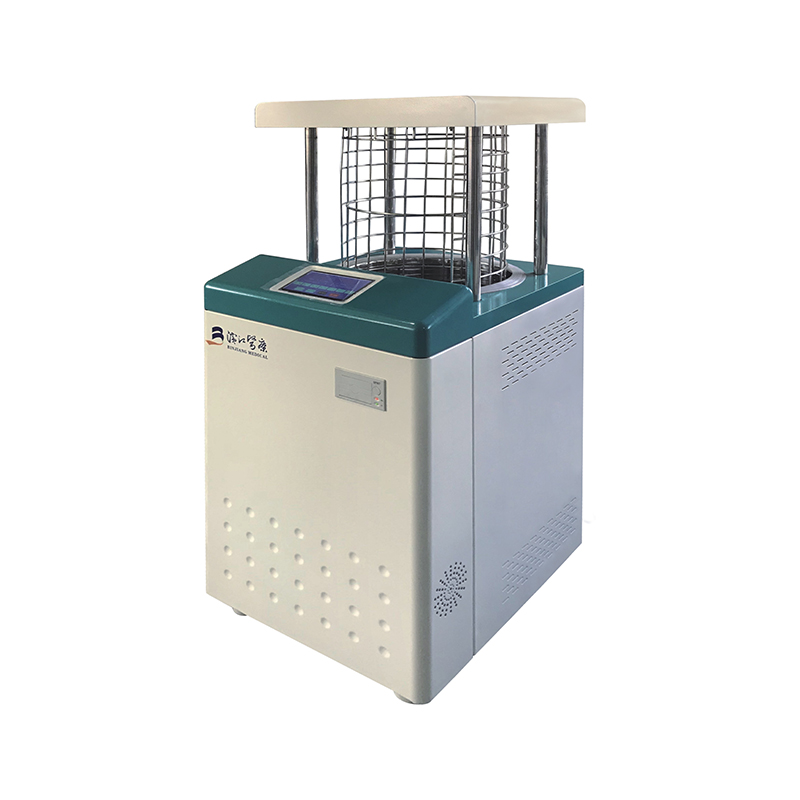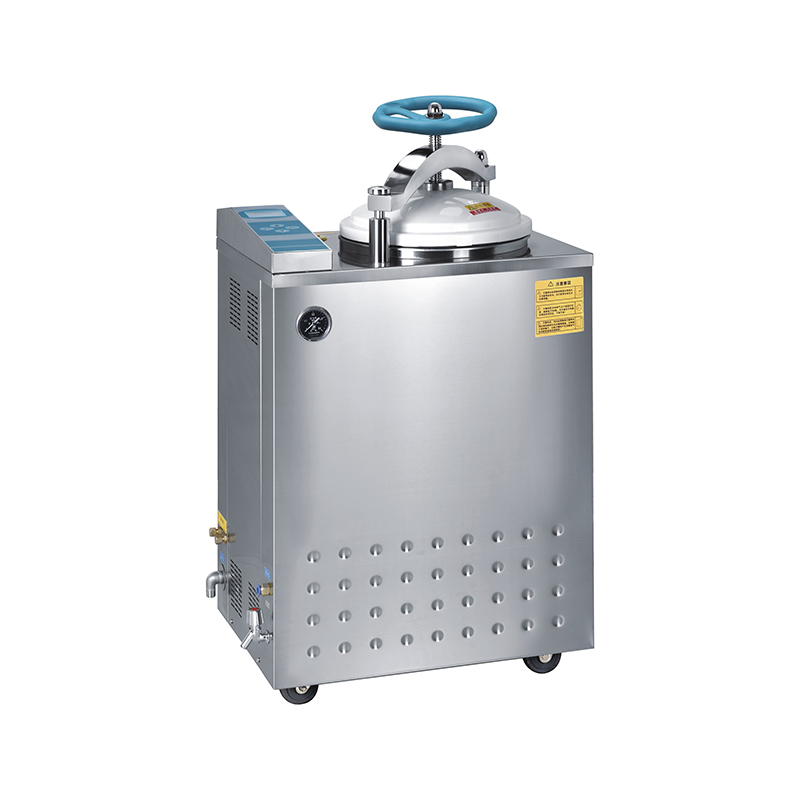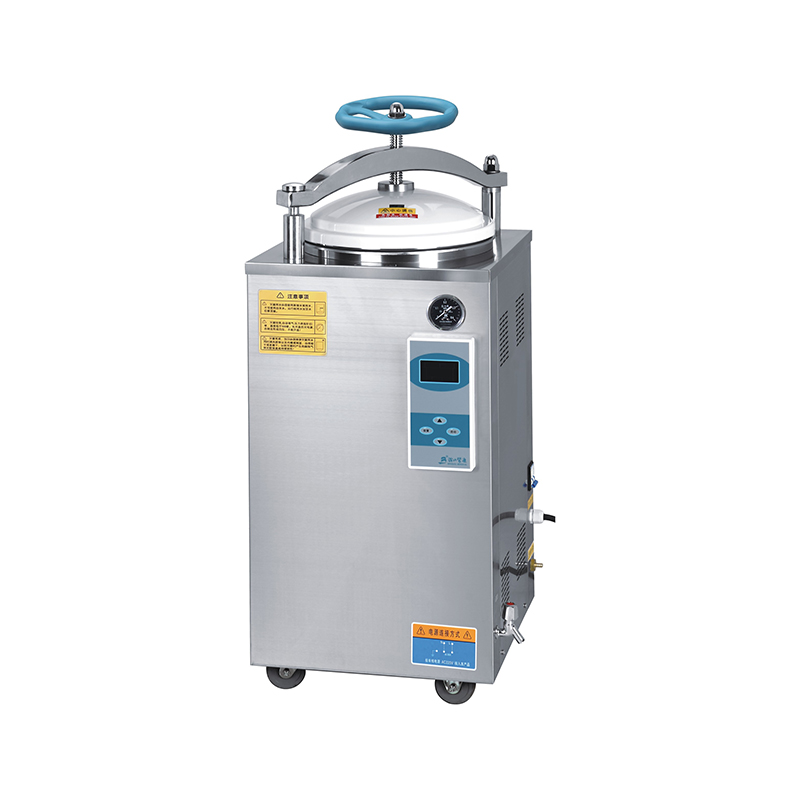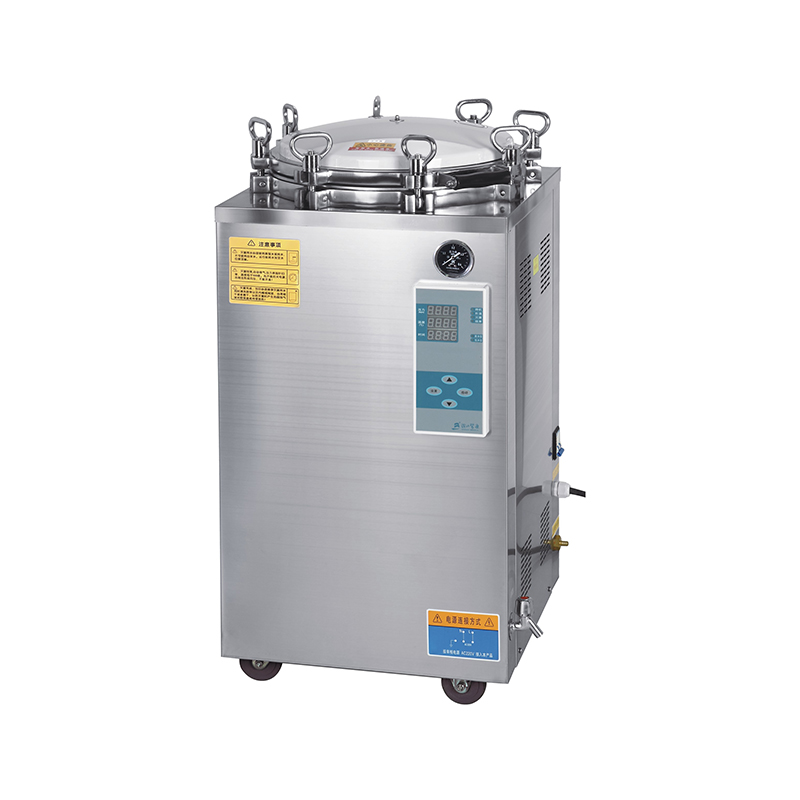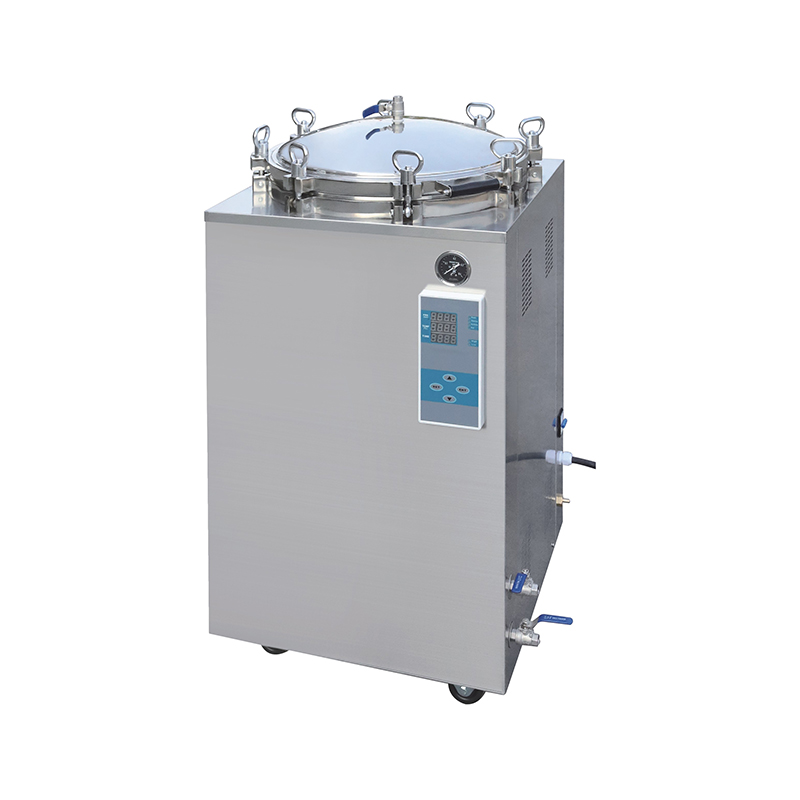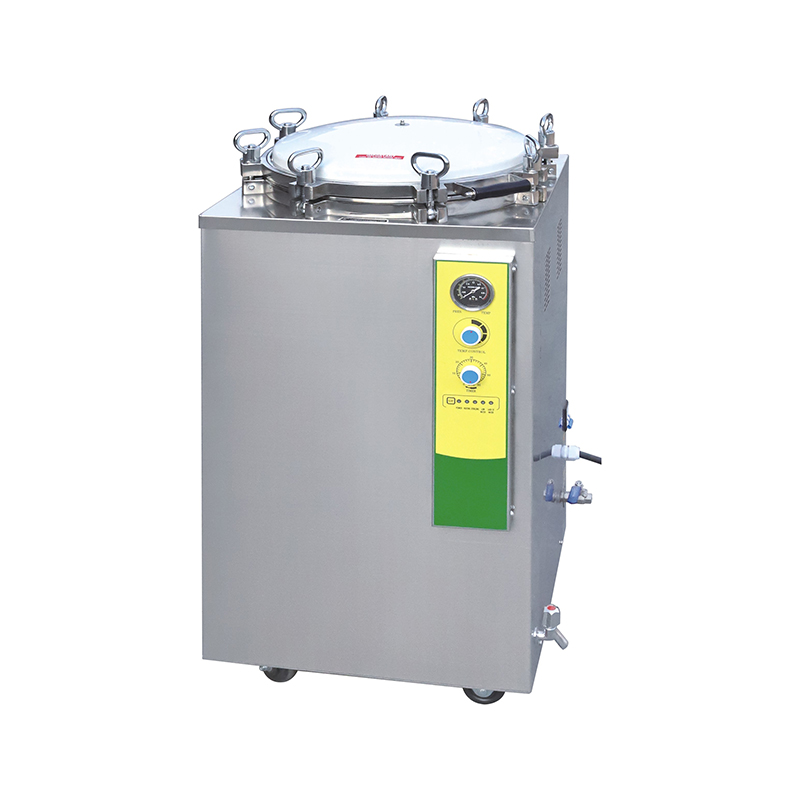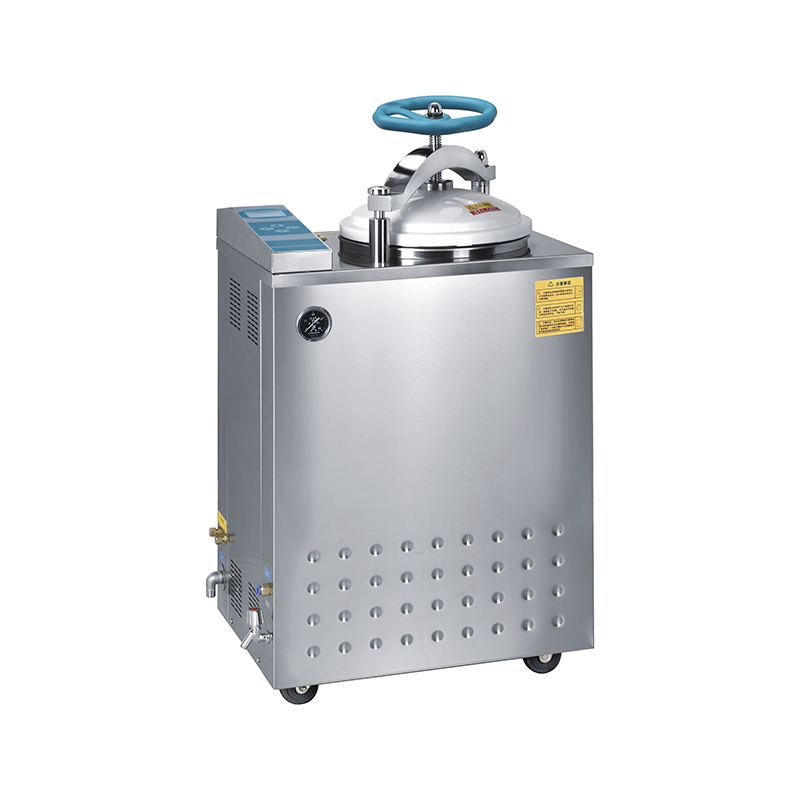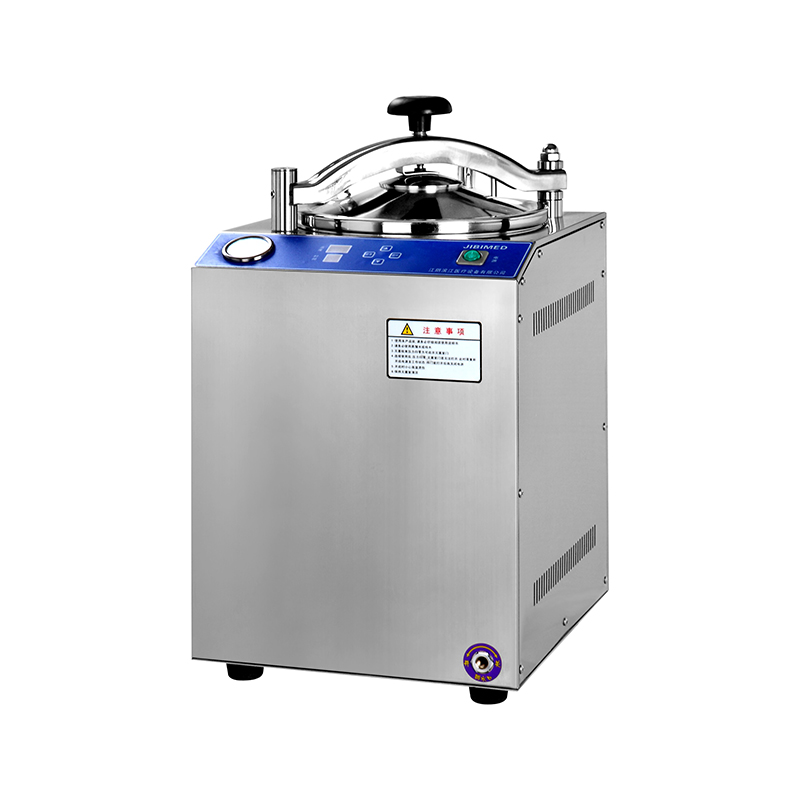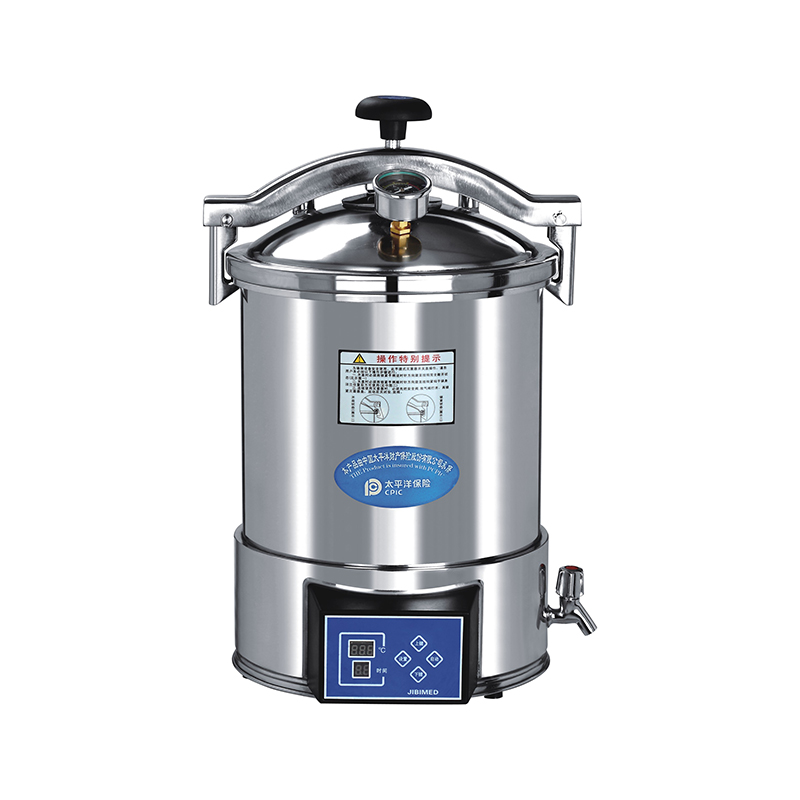Product Search
Exit Menu

Air Removal Test for Autoclaves: Purpose, Methods & Compliance Guide
Posted by Admin | 01 Oct
Introduction
In steam sterilization, air is the greatest enemy of effectiveness. For an autoclave to sterilize properly, steam must make direct contact with all surfaces of the load. Any residual air trapped inside the chamber or within porous materials can create air pockets, preventing full sterilization and increasing the risk of contamination. To safeguard against this, autoclaves undergo an air removal test—a critical performance check that verifies the system’s ability to evacuate air and allow proper steam penetration.
This test is not only a best practice but also a regulatory requirement in many industries, including healthcare, pharmaceuticals, and laboratory sciences. The most widely recognized version of this test is the Bowie-Dick Test.
What is the Air Removal Test?
The air removal test evaluates how efficiently an autoclave removes air from the chamber before sterilization begins. Since steam can only sterilize surfaces it touches, residual air creates barriers that block sterilization.
Key objectives of the test include:
Confirming that the vacuum system or steam pulsing system is functioning correctly.
Ensuring even steam distribution throughout the chamber.
Detecting leaks, inadequate air removal, or faulty sterilizer performance.
The Bowie-Dick Test: Standard Method
The Bowie-Dick Test, introduced in the 1960s, is the benchmark air removal test for pre-vacuum steam sterilizers.
How it Works:
A test pack (either a folded towel stack with chemical indicator sheets or a pre-assembled commercial pack) is placed in the empty autoclave chamber.
The autoclave is run on a cycle at 134°C for 3.5 minutes, without a load.
The chemical indicator reacts to steam penetration.
Pass Result: Uniform color change across the sheet, confirming proper air removal and steam penetration.
Fail Result: Uneven color change, indicating air pockets, leaks, or poor vacuum efficiency.
Types of Air Removal Test Packs
Traditional Towel-Based Packs: Historically used, made with folded huck towels and indicator sheets.
Commercially Prepared Test Packs: Modern, standardized, and compliant with ISO 11140-4. These reduce variability and are widely preferred in regulated industries.
Regulatory & Compliance Requirements
Air removal tests are often mandated by international standards and health authorities:
ISO 17665 – Sterilization of healthcare products by moist heat.
ISO 11140-4 – Specifications for Bowie-Dick type indicator systems.
AAMI ST79 (U.S.) – Requires daily air removal testing for pre-vacuum steam sterilizers.
European Standard EN 285 – Requires Bowie-Dick testing before clinical use each day.
Regular air removal testing is a cornerstone of quality assurance and helps facilities comply with audits, regulatory inspections, and internal validation processes.
Best Practices for Air Removal Testing
Daily Testing: Run the Bowie-Dick test at the start of each working day before processing any load.
Use Certified Test Packs: Ensure they meet ISO 11140-4 requirements.
Interpret Results Immediately: Record and file outcomes for traceability.
Investigate Failures Promptly: If the test fails, remove the autoclave from service until the issue is corrected.
Combine with Leak Tests: While Bowie-Dick checks air removal, a vacuum leak test helps identify leaks in the system.
Conclusion
The air removal test is fundamental to autoclave performance, ensuring that sterilization cycles are reliable and effective. By detecting failures in vacuum efficiency or steam penetration, the test safeguards patient safety, product quality, and regulatory compliance.
For organizations relying on sterile products—from hospitals to pharmaceutical manufacturers—implementing strict and consistent air removal testing protocols is not optional; it is a critical safeguard against risk.
MAIL US
CONTACT US
+86-510-86296768
 Privacy
Privacy
The information provided on this website is intended for use only in countries and jurisdictions outside of the People's Republic of China.
 Wholesal Pressure Steam Sterilizer Manufacturers
Wholesal Pressure Steam Sterilizer Manufacturers
 Privacy
Privacy


 English
English русский
русский Français
Français Español
Español bahasa Indonesia
bahasa Indonesia Deutsch
Deutsch عربى
عربى 中文简体
中文简体
